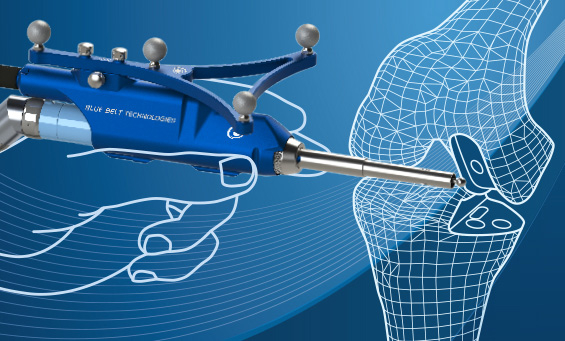The knee is a hardworking joint. While you're walking, crouching, or even standing still, your knee depends on a well-tuned system of bones, ligaments, cartilage, muscles, and nerves. If an injury, arthritis, or another condition affects any of the parts of your knee, you may need a knee replacement surgery.
Robotic knee replacement, also known as robot-assisted knee replacement or computer-assisted knee surgery, is an advanced surgical technique that involves the use of robotic technology to assist in the placement and alignment of a knee prosthesis during a total knee replacement surgery.
Benefits of robotic knee replacement may include:

Knee replacement surgery, also known as knee arthroplasty, is performed to alleviate chronic knee pain and improve mobility when nonsurgical treatments have been ineffective in managing the symptoms. It is typically considered in cases of all forms of Arthiitis, knee deformities and failed previous treatments
During a robotic knee replacement procedure, the surgeon uses a robotic arm system in conjunction with preoperative imaging and specialized software. Here's an overview of how the procedure typically works:
Recovery from cartilage restoration surgery involves both time and rehabilitation. You may need to wear a protective brace and use crutches immediately following surgery. Then, you will likely need to do physical therapy to restore your strength and range of motion.